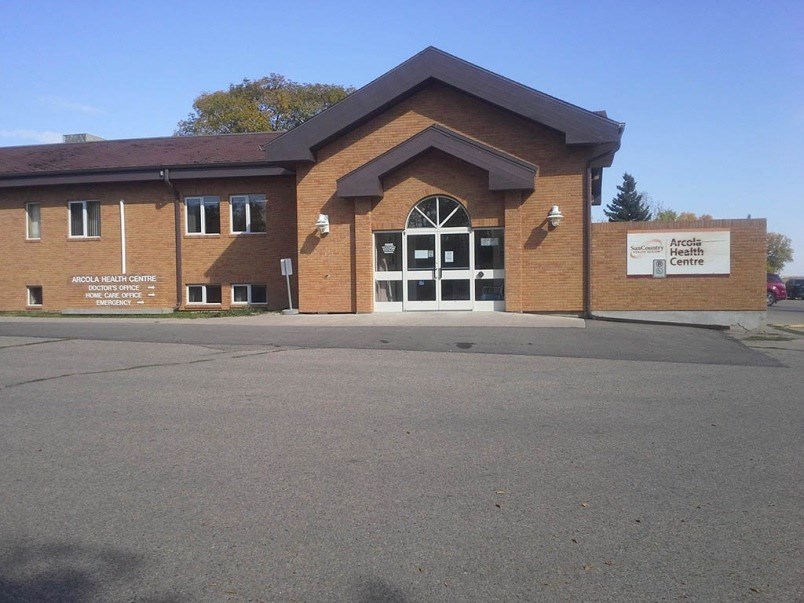The Saskatchewan Health Authority (SHA) has begun to implement their temporary conversion of rural community emergency rooms in the province, starting off with seven, with another five to be utilized in remaining phases.
The SHA’s COVID-19 surge plan outlines temporary conversion of community hospitals to what is called alternate level of care (ALC). According to the SHA, ALC refers to a patient that could be cared for in an alternate setting, rather than an acute care setting.
Currently, this is taking place in Arcola, Radville, Lanigan, Broadview, Preeceville, Herbert and Kerrobert. The discontinuation in Arcola took effect on May 14.
During the remaining phases of the SHA’s COVID-19 surge plan, they will utilize the same conversion in Wolseley and Davidson during phase two, and in Biggar, Leader and Oxbow during phase three.
A date has not been established for the Oxbow conversion.
Residents of Arcola have been voicing anger with the move since they found out last week emergency services would be discontinued May 14.
Bailey Verbeem took to social media to share a story of how she believes having emergency services in the community saved the life of her one-year-old son Bohdi.
Early this year, he had an eye infection, an infection in both ears, a cough, runny nose and an extremely high fever. Then she noticed that his hands and feet were starting to turn purple.
Verbeem messaged her friend, who is a nurse, and explained to her what was going on, and she told her to go to the Arcola Hospital immediately. Verbeem’s friend called the hospital to say Verbeem and Bohdi were coming.
“When I got to the hospital, everything was already being set up for him,” she said.
They tested him right away, found Bohdi’s oxygen level to be low at 80 per cent, put him on oxygen, took his blood work, x-rays and more.
“Not only were the staff good to Bohdi, they were amazing with me too,” said Verbeem.
The doctor assessed Bohdi and had him air-lifted to Regina General Hospital, where he was diagnosed with respiratory syncytial virus
“If it wasn't for Arcola Hospital being so close I don't know or want to think of what Bohdi's outcome would have been if I had to drive any further. They saved my baby's life,” she said.
According to the SHA, discussions with community leaders in all 12 communities have occurred throughout the process in order to specifically outline these changes in each community hospital.
Arcola Town Council, though, said it is “very unhappy” with the SHA decision.
“Along with our residents and surrounding communities we are very concerned with the level of emergency health services available to us at this time,” Mayor Keith Erick wrote in a letter to Premier Scott Moe.
They pointed out that the STARS Air Ambulance landed in Arcola 19 times last year, which they said was the same number as St. Joseph’s Hospital in Estevan.
“This shows you how necessary and vital the emergency services are to Arcola and surrounding communities,” Erick said.
There are also two ambulances in the area that serve a 200-kilometre perimeter, or 3,000 square kilometres.
“In the heart of oil and farming communities, can you imagine the emergencies that are to come up in this large of an area? It would not take long for two ambulances to be used at one time, leaving families to drive 45-60 minutes to the next-nearest ER.”
The town council wants to know why they can’t wait until it is necessary to close the emergency department and redirect staff; why the SHA can’t send one nurse and doctor at a time for training instead of completely closing the ER; what happens with doctors, nurses and staff until cases increase in the province; and what the timeline is for the temporary closure, and if the government has a plan.
SHA CEO Scott Livingstone said the conversions are taking place to protect people in long-term and to use facilities’ capacity to provide care for alternative level of care positions in larger facilities.
The SHA said timelines for phase three of the conversions will occur once phase two conversions are completed.



